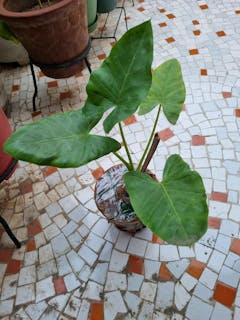Porcupine Huernia
Family
Asclepiadaceae
Origin
South Africa.
Description
Huernia Pink Eye is a finely toothed plant with shoots, sometimes a meter long and indistinctly pentagonal, sprawling along the ground. The inflorescences have many flowers 2 to 2.5 cm across; their annulus is raised, glabrous or with short hairs, bright pink color. The pale flesh-colored corolla lobes are completely glabrous. Unlike most species in the genus Huernia tanganyikensis has a simple corolla.
Environment
Huernias prefer bright light or partial shade. In nature, they grow underneath shrubs or other plants. Too much sun causes stems to develop protective reddish or purple pigmentation and can actually scald the stems. Too little light leads to weak, thin growth with decreased flower production. These plants grow best between 10 and 27 C . Protect them from freezing weather.
Hernias' require a potting mix with excellent drainage. A succulent plant mix of 50 percent perlite, 25 percent vermicompost and 25 percent sand helps prevent rotting and over watering. Roots experience die back in cool-season dormancy, so plants grow best in shallow containers that allow the soil to dry out quickly. Using clay pots further helps soil from staying too wet. An underlayment of coarse gravel below the soil mix also improves drainage. In climates with damp cool summers, a layer of gravel between the plant and the soil mix also helps prevent the stems from staying too moist. Outdoor plantings do well in raised beds.
Landscape Use
Suitable for Container, Rock Garden & Xeriscaping























